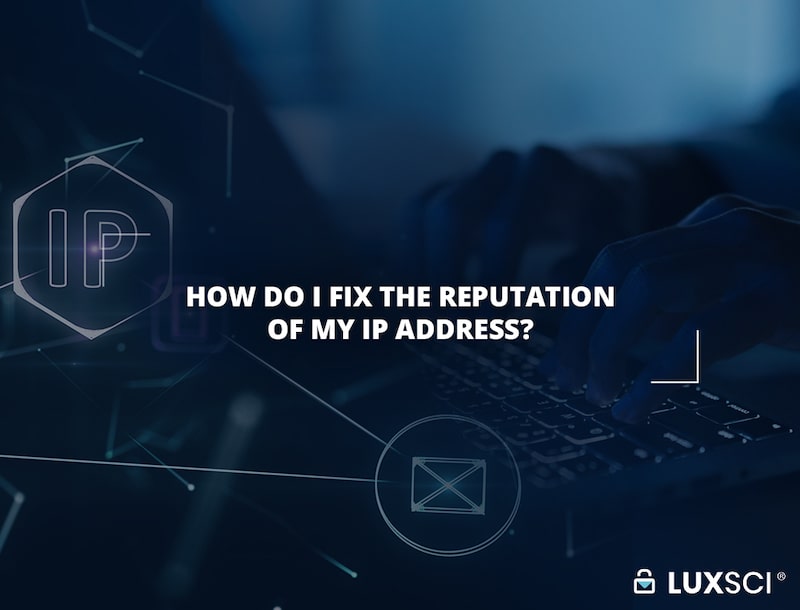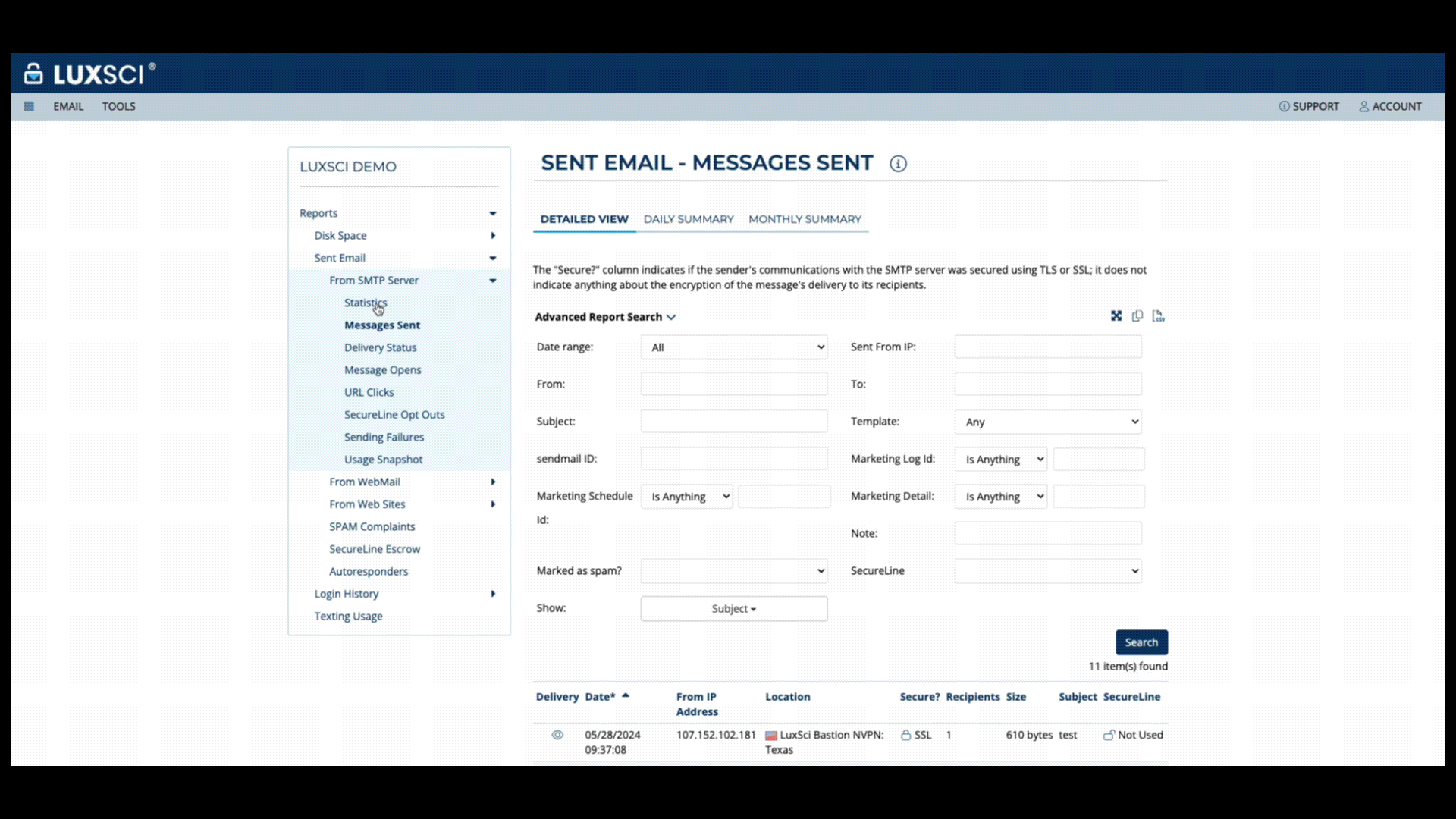The benefits of email communication in healthcare include improved patient outcomes, reduced administrative costs, enhanced care coordination, and increased patient satisfaction through convenient, secure digital messaging platforms. Healthcare organizations implementing secure email systems experience improvements in medication adherence, appointment attendance, and chronic disease management while reducing telephone call volumes and administrative workload for clinical staff. These digital communication tools enable healthcare providers to maintain continuous contact with patients between visits, provide timely responses to health concerns, and deliver personalized education and support that strengthens patient engagement in their care management.
Relationship Building
Secure email platforms enable healthcare providers to establish deeper, more meaningful relationships with their patients through consistent, documented communication that extends beyond brief office visits. Patients can express their health concerns thoughtfully in writing, providing healthcare teams with detailed symptom descriptions and treatment questions that might be forgotten or rushed during in-person appointments. The benefits of email communication in healthcare become evident when patients feel more comfortable discussing sensitive health topics through written messages rather than verbal conversations, leading to more open and honest dialogue between providers and patients.
Response time flexibility allows healthcare providers to consider patient questions carefully and provide comprehensive, thoughtful answers without the time pressures associated with telephone conversations or office visits. Providers can research complex medical questions, consult with colleagues, and provide evidence-based responses that include educational resources and detailed explanations. This measured approach to communication enables healthcare teams to deliver higher-quality information and guidance compared to quick verbal exchanges that may lack depth or clarity.
Documentation benefits create permanent records of all patient communications that can be referenced during future appointments, shared with consulting specialists, or reviewed by other healthcare team members involved in patient care. These written records eliminate miscommunication issues that can occur with telephone conversations and provide clear evidence of medical advice, treatment instructions, and patient responses to interventions. Healthcare providers can track communication patterns over time to identify patient concerns, monitor treatment adherence, and adjust care plans based on documented patient feedback and questions.
Continuity of care improves when healthcare providers can maintain consistent contact with patients regardless of schedule conflicts, geographic distance, or other barriers that might prevent in-person visits. Email communication enables providers to follow up on treatment responses, check on patient recovery progress, and provide support for chronic disease management without requiring patients to schedule separate appointments for routine check-ins.
Operational Efficiency from the Benefits of Email Communication in Healthcare
Administrative workflow optimization occurs when routine patient inquiries can be handled through secure email rather than time-consuming telephone calls that interrupt clinical activities and require immediate staff attention. Reception staff experience reduced call volumes when patients can submit prescription refill requests, appointment scheduling inquiries, and general health questions through email systems that allow for batched processing during designated times. The benefits of email communication in healthcare extend to scheduling efficiency, as patients can request appointments, receive confirmations, and make changes through automated systems that operate beyond standard business hours.
Cost savings accumulate through reduced staff time spent on telephone communications, decreased appointment scheduling overhead, and improved resource allocation for patient care activities. Healthcare organizations report time savings when routine patient communications shift from telephone calls to secure email systems. These time savings translate to increased availability for patient care activities, reduced overtime costs, and improved staff productivity across administrative and clinical functions.
Revenue optimization results from improved appointment attendance rates when patients receive email reminders and have convenient options for rescheduling conflicts before they become no-shows. Billing efficiency improves when patients can receive statements, ask billing questions, and submit payment information through secure email channels that reduce administrative processing time. Insurance verification and prior authorization communications become more streamlined when documentation can be shared electronically rather than through time-consuming telephone calls and fax transmissions.
Practice scalability benefits emerge as email communication systems can handle increasing patient volumes without proportional increases in administrative staff or telephone infrastructure. Healthcare organizations can serve larger patient populations more efficiently while maintaining high-quality communication standards through automated systems that provide consistent, documented interactions with all patients regardless of practice size or growth patterns.
Clinical Quality Improvements and Patient Safety Benefits
Care coordination enhancement enables healthcare teams to share important patient information quickly and securely between providers, specialists, and other healthcare professionals involved in patient treatment. Email communication facilitates rapid consultation between primary care providers and specialists, enabling timely treatment decisions without delays associated with telephone tag or appointment scheduling. The benefits of email communication in healthcare include improved care transitions when patients move between different providers or healthcare settings, as complete communication histories can be shared electronically to ensure continuity and prevent important information from being lost.
Medication adherence monitoring becomes more effective when patients can report side effects, ask questions about their prescriptions, and receive guidance about proper medication administration through secure email channels. Healthcare providers can identify medication compliance issues early through patient communications and provide immediate support or adjustments before problems escalate to require emergency interventions. Prescription management improves when patients can submit refill requests electronically and receive confirmations or medication changes through documented channels that create clear records of all prescription-related communications.
Patient safety enhancements result from improved communication accuracy when important medical information is documented in writing rather than communicated verbally where misunderstandings can occur. Email systems enable healthcare providers to include detailed instructions, medication dosages, and follow-up requirements that patients can reference repeatedly to ensure proper compliance with treatment plans. Laboratory results and diagnostic test findings can be communicated through secure email with accompanying explanations that help patients understand their results and next steps in their care.
Preventive care compliance increases when healthcare providers can send personalized reminders about screenings, vaccinations, and wellness visits through email systems that track patient responses and follow-up requirements. Population health management becomes more effective when healthcare organizations can communicate with entire patient groups about health promotion activities, disease prevention strategies, and community health initiatives through targeted email campaigns.
Patient Empowerment from the Benefits of Email Communication in Healthcare
Convenient communication access eliminates many barriers that prevent patients from seeking timely healthcare guidance, particularly for working adults who cannot easily make telephone calls during business hours or patients with mobility limitations that make office visits challenging. Email communication enables patients to ask health questions, report concerning symptoms, and seek medical advice when they need it most rather than waiting for appointment availability or business hours. The benefits of email communication in healthcare become particularly valuable for patients managing chronic conditions who need frequent communication with their healthcare teams but cannot visit offices regularly.
Health education delivery through email platforms enables healthcare providers to share personalized educational materials, treatment instructions, and wellness resources that patients can access repeatedly and share with family members or caregivers. Educational content can be customized based on individual patient needs, diagnoses, and health literacy levels to ensure understanding and retention. Interactive educational resources sent through email can include videos, articles, and self-assessment tools that engage patients actively in learning about their health conditions and treatment options.
Decision-making support improves when patients have time to review treatment options, research their conditions, and formulate questions through email communication rather than making quick decisions during brief office visits. Healthcare providers can share decision aids, risk assessments, and treatment comparisons through secure email that enable patients to make informed choices about their care. Family involvement becomes easier when patients can share healthcare communications with family members or caregivers who help with decision-making and treatment management.
Self-advocacy skills develop when patients learn to communicate effectively about their health concerns, ask appropriate questions, and take active roles in their healthcare management through regular email interactions with their providers. These communication skills transfer to in-person appointments where patients become more prepared, engaged, and effective advocates for their health needs.
Technology Integration and Future Healthcare Innovation
Electronic health record integration ensures that all email communications become part of comprehensive patient medical records that support clinical decision-making and care coordination across multiple providers and healthcare settings. Automated documentation capabilities eliminate manual data entry requirements while maintaining complete communication histories that meet regulatory requirements and support quality improvement initiatives. The benefits of email communication in healthcare expand when integration capabilities enable providers to access complete patient communication histories during appointments, emergency situations, or care transitions.
Artificial intelligence applications can analyze email communication patterns to identify patients at risk for non-adherence, deteriorating health conditions, or care gaps that require proactive intervention. Natural language processing technologies can help prioritize urgent patient messages, identify concerning symptoms that require immediate attention, and route communications to appropriate healthcare team members based on content analysis. Machine learning algorithms can identify communication preferences and optimize message timing and content to improve patient engagement and response rates.
Telemedicine integration creates seamless communication workflows where email consultations can transition to video appointments when interaction becomes necessary for assessment or treatment. Secure messaging platforms can schedule and coordinate virtual visits, share pre-appointment questionnaires, and provide post-visit follow-up communications that support comprehensive telehealth experiences. Remote monitoring data from wearable devices and home health equipment can be communicated through integrated email systems that alert healthcare providers to concerning changes requiring intervention.
Population health analytics utilize email communication data to identify trends, measure intervention effectiveness, and guide public health initiatives across large patient populations. Healthcare organizations can analyze communication volumes, response rates, and patient engagement patterns to optimize their outreach strategies and resource allocation for population health impact. Quality improvement programs can use email communication data to measure patient satisfaction, identify areas for service enhancement, and demonstrate the benefits of email communication in healthcare to stakeholders and accrediting organizations.
Implementation Success Factors and Best Practices
Staff training programs ensure that healthcare teams understand how to use secure email systems effectively while maintaining professional communication standards and regulatory compliance requirements. Training should cover appropriate email etiquette, privacy protection measures, and workflows for managing patient communications efficiently without compromising quality or safety. Healthcare organizations must establish clear policies about response time expectations, appropriate content for email communication, and escalation procedures for urgent patient concerns that require immediate attention rather than email responses.
Patient education initiatives help individuals understand how to use secure email systems effectively, what types of health concerns are appropriate for email communication, and what security measures protect their private health information during electronic transmission. Educational materials should cover email security practices, account protection measures, and instructions for accessing and navigating patient portal systems. Healthcare organizations implementing secure email should provide multiple training formats including written instructions, video tutorials, and in-person assistance to accommodate different learning preferences and technology comfort levels.
Security protocols must be rigorously maintained to protect patient privacy and comply with healthcare regulations governing electronic communication of protected health information. Multi-factor authentication, encryption standards, and access controls ensure that only authorized individuals can view patient communications while audit trails track all system usage for compliance monitoring. Security assessments, staff training updates, and technology upgrades maintain protection against evolving cybersecurity threats that could compromise patient information or system integrity.
Quality monitoring procedures track email communication effectiveness through patient satisfaction surveys, provider feedback, and outcome measurements that demonstrate the benefits of email communication in healthcare across different patient populations and clinical scenarios. Healthcare organizations should establish metrics for response times, patient engagement rates, and clinical outcomes associated with email communication programs to guide improvement efforts and demonstrate return on investment to organizational leadership and regulatory bodies.














